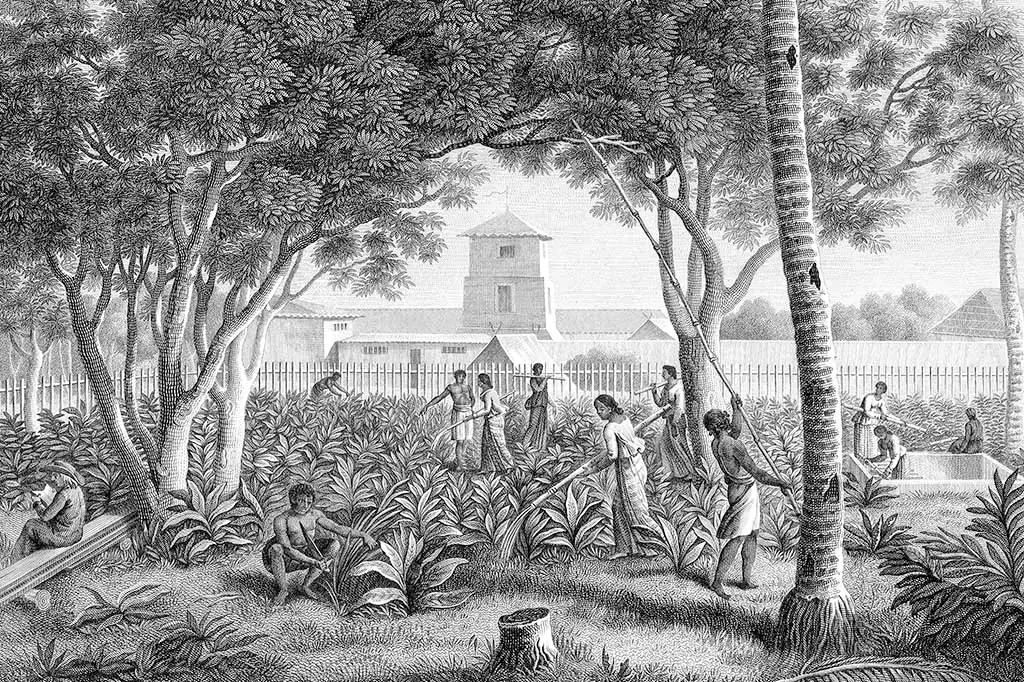Mulatos and Negros

Table of Contents
Share This
Laborers for the Spanish
During the Spanish colonial period (1668-1898), persons of mixed African and Spanish ancestry were known to the Spaniards as mulatos. They were mostly hired for labor in the Caribbean and American colonies. There were so few mulatos in the Marianas that they, along with their full-African cousins, the negros, were not included in the Spanish racial hierarchy in the Marianas that consisted of peninsulares (Spaniards born in Spain), criollos (Spaniards born in the Marianas), mestizos (persons of both CHamoru/Chamorro and Spanish descent), Filipinos (persons native to the Philippine Islands), and indios (Chamorros).
The groups were defined for Spanish administrative purposes from highest-to-lowest ranked, as follows:
- Peninsulares
- Criollos
- Mestizos
- Filipinos (persons native to the Philippine Islands)
- Indios (persons native to the Mariana Islands)
Juan Pobre encounter
According to Fray Juan Pobre de Zamora, a Spanish Capuchin friar who visited the Marianas from March 1601 until October 1602, the few negros in the Marianas were slaves being transported between other Spanish colonies that stopped in the Marianas.
In his manuscript about his 1602 impressions of Guam, “Relación de la pérdida del galleon San Felipe” Juan Pobre wrote about his encounter with several black slaves formerly owned by perished Spaniard from the 1601 Santa Margarita shipwreck off Rota. Many survivors were said to have been beaten to death by Chamorros while several other European and Philippine indio passengers were kept in a village as potential ransom for iron.
The black crew members refused to leave the Marianas when a passing galleon bound for Manila picked up the few survivors of the Santa Margarita. Zamora criticized Spanish Christians for their cruel handling of their slaves and servants as exemplified by Zamora’s encounter with Chamorros who showed him the whip-scarred backs of the black slaves they had befriended. Such conduct, Zamora emphasized, would only make the Christianization of Chamorros more difficult.
For further reading
de Viana, Augusto V. In the Far Islands: The Role of Natives from the Philippines in the Conquest, Colonization, and Repopulation of the Mariana Islands, 1668-1903. Manila: University of Santo Tomas, 2004.
Driver, Marjorie G. The Account of Fray Juan Pobre’s Residence in the Marianas, 1602. MARC Miscellaneous Series No. 8. Mangilao: Micronesian Area Research Center, University of Guam, 1993.
Rogers, Robert. Destiny’s Landfall: A History of Guam. Honolulu: University of Hawai’i Press, 1995.
